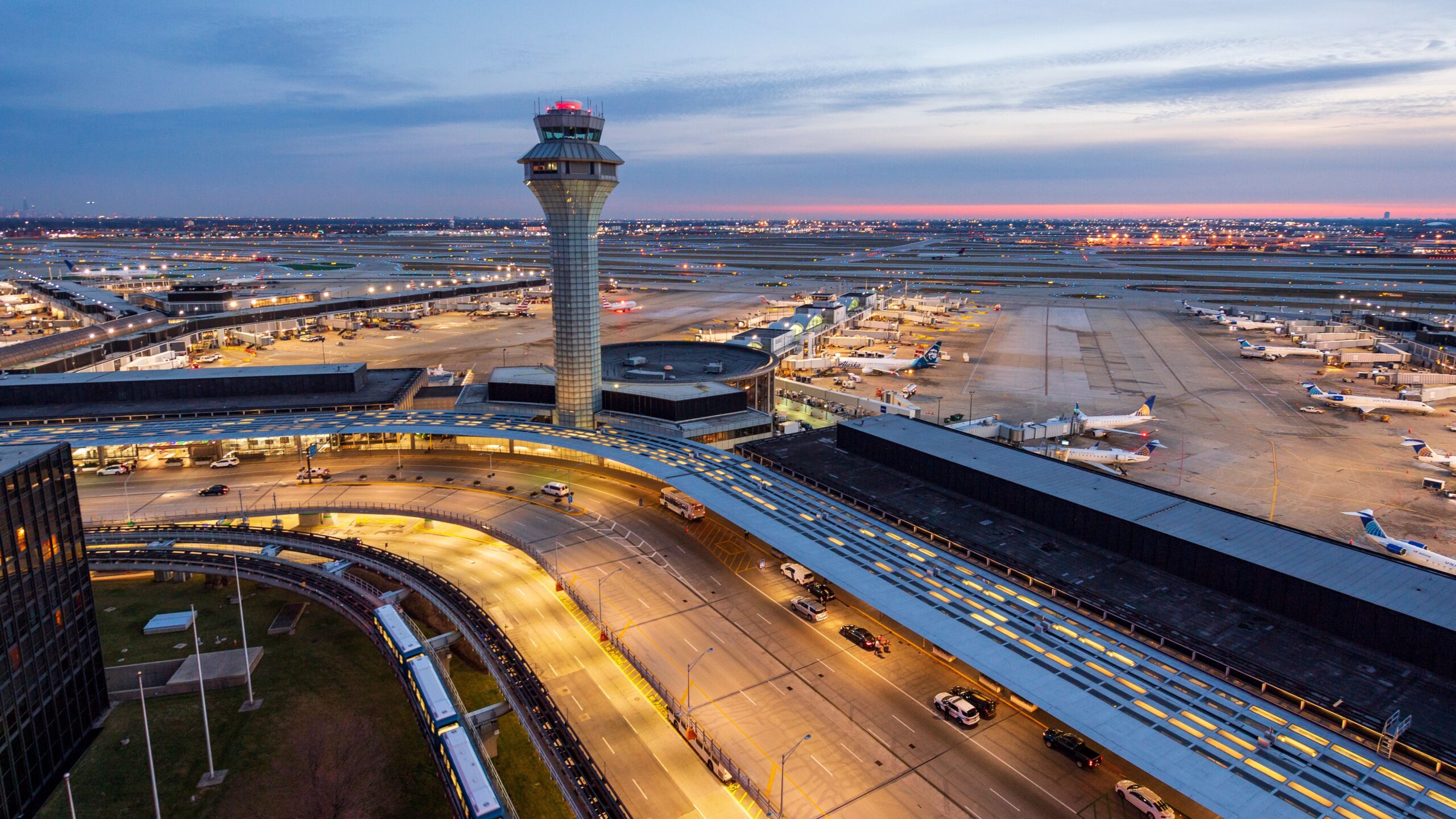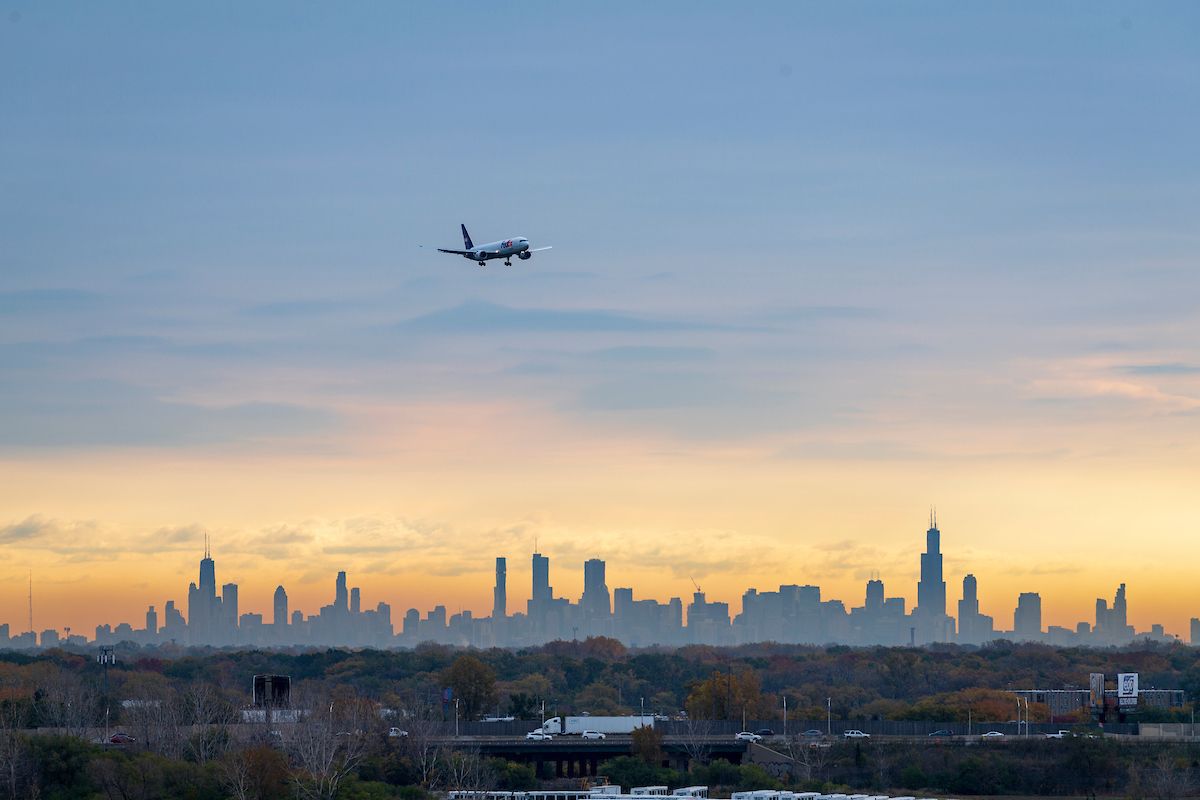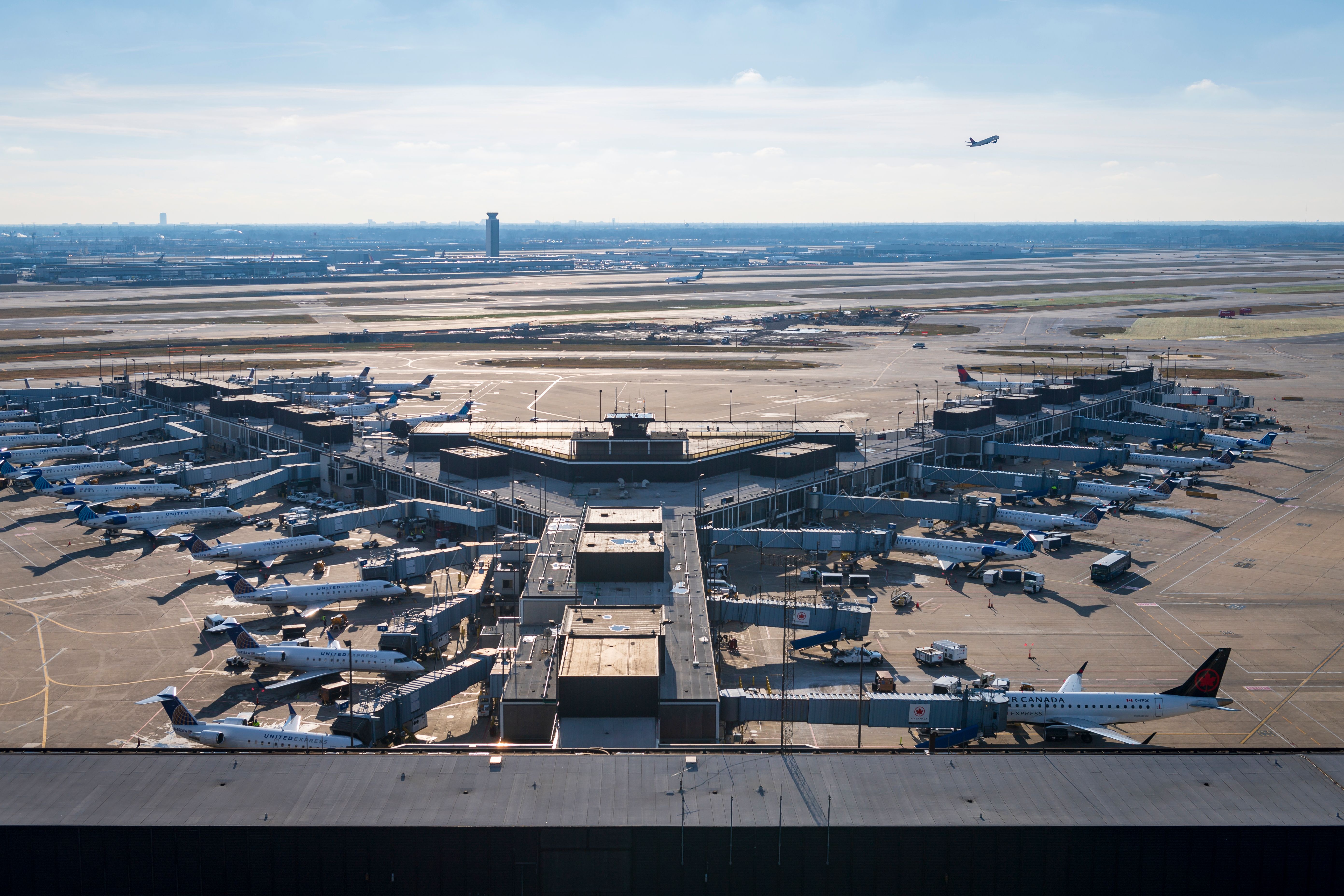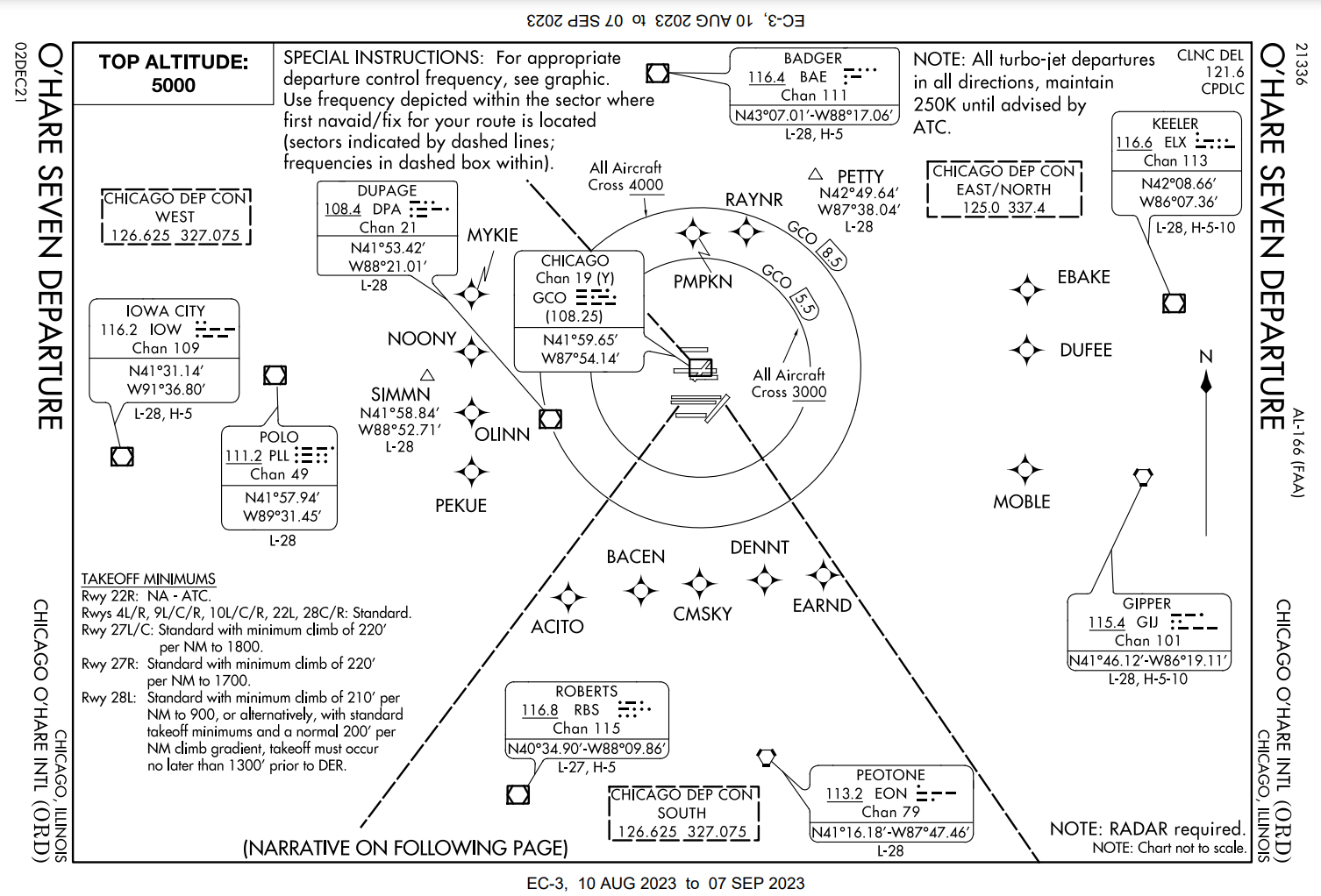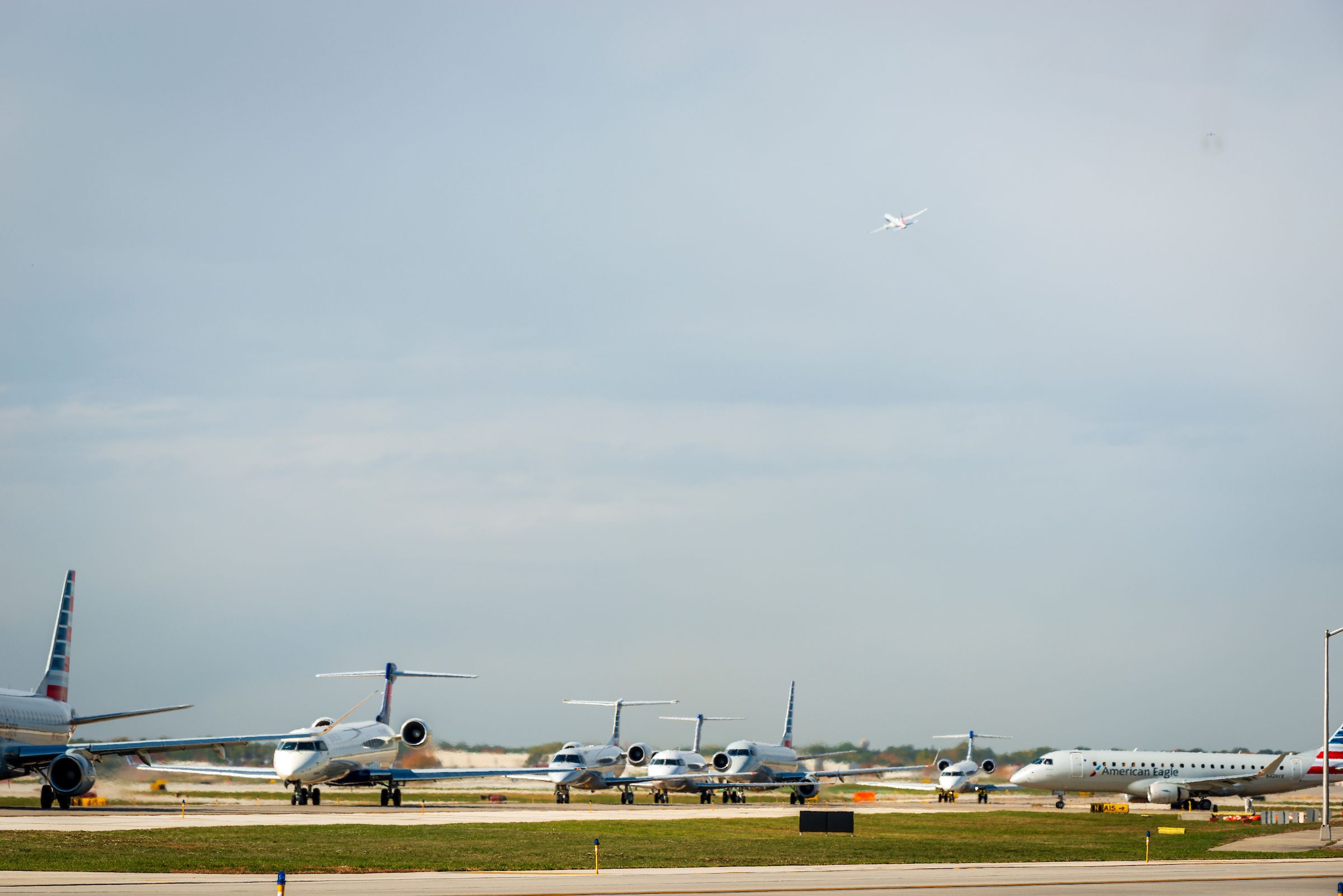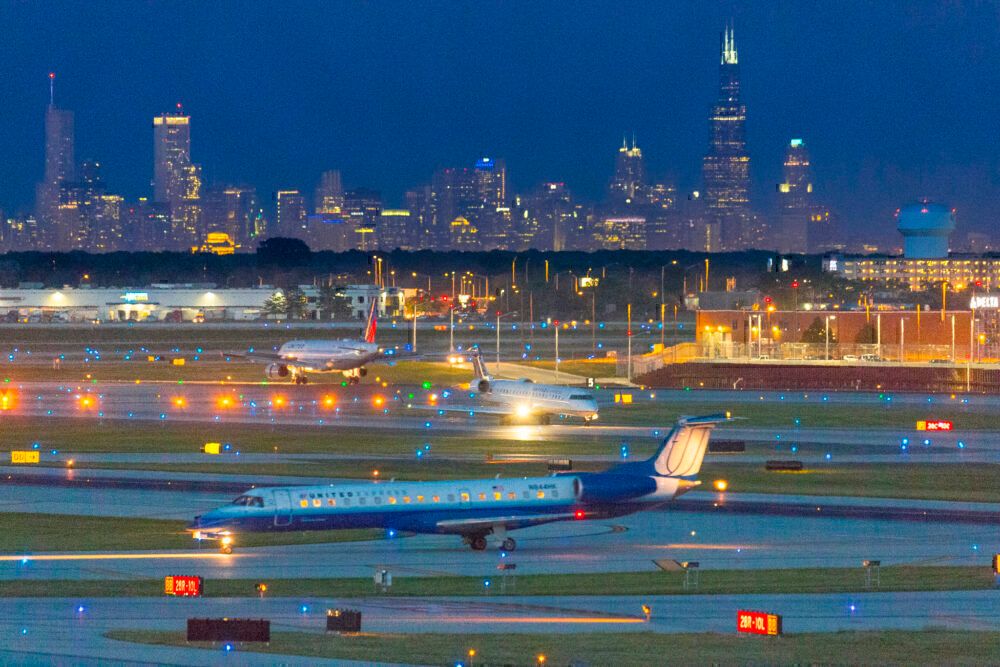Summary
- Arriving at Chicago O’Hare involves unique procedures, with planes speeding towards the airport at 10,000 feet.
- Departing from O’Hare also includes a distinctive operating procedure, with a single departure route and pilots climbing to certain altitudes within a tight radius of the airport.
- Taxiing at O’Hare is a complex and fast-paced experience, with ground controllers expecting pilots to continue moving unless given alternative instructions.
Chicago O’Hare (ORD) is a unique place and worthy of some special attention. As one of the country’s busiest air hubs, O’Hare also has a whopping eight runways, the most of any airport in the country. Given the sheer scale and complexity of the airport, there are unique procedures in place to ensure it handles traffic efficiently.
So much is distinctive about how pilots must operate into, out of, and on the field at O’Hare. This article will focus on the experiences of arriving and departing, with an emphasis on taxiing, at one of the world’s busiest airports.
Airport arrival
Most large airports have arrival procedures that descend and slow planes linearly. The idea underlying these arrivals is to efficiently deliver planes into an airport’s terminal area on a constant descent without significant periods of level-off.
Photo: O’Hare Intl Airport
In somewhat contrarian fashion, Chicago has arrivals that drop planes off many miles from O’Hare airport at 10,000 feet. No speeds are assigned on the procedures for Chicago, and pilots who have been to Chicago a few times know that the assigned speed given by approach controllers is 300 knots almost every time.
Flying 300 knots at 10,000 feet while still 50 or so miles from touchdown is unusual. Airliners tend to be a bit higher when 50 miles from the airport, but Chicago’s methodology is to descend arrivals early so that departures from O’Hare and Midway can quickly climb above them before accelerating away from the terminal area.
Photo: O’Hare International Airport
As a passenger flying into Chicago, you might feel the speed brakes deploy when cleared to descend below 10,000 feet as the pilots quickly dissipate 50 knots’ worth of energy before going below 10,000 feet.
The departures
Departing O’Hare also comes with a unique operating procedure. In line with the aforementioned, Chicago controllers want to get departures up and away as swiftly as possible. Unlike pretty much every other major airport in the world, Chicago only has a single departure procedure (currently named the O’Hare 7).
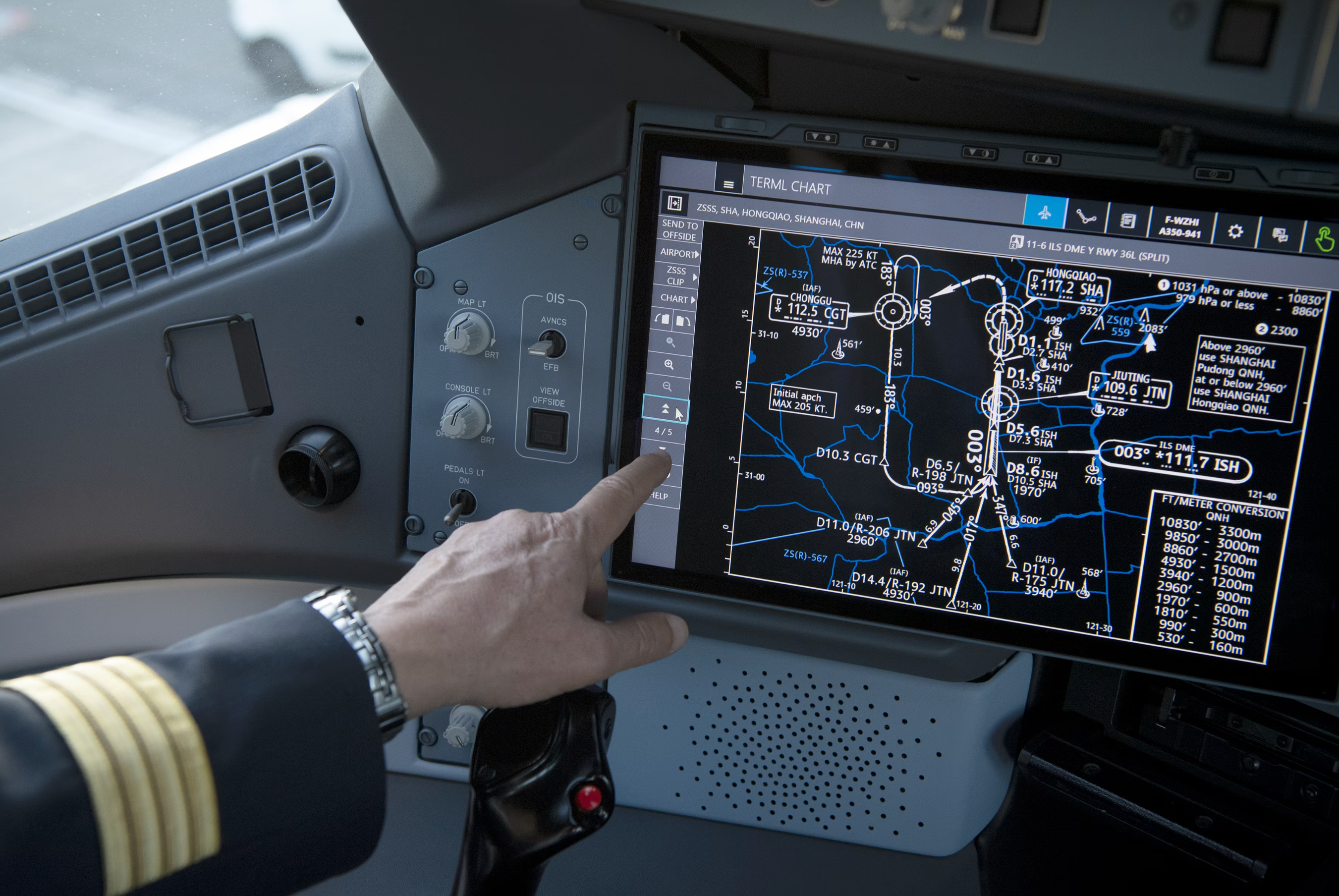
Related
Arrival & Departure Procedures: The Fun & Quirky Names For Waypoints
The often fun ways arrivals and departures are monikered.
In stark contrast to the myriad of departures at other airports, the O’Hare 7 features multiple GPS fixes around the Chicago area the pilots fly to based on their direction of flight.
Photo: FAA
Chicago tower controllers primarily issue headings to every departing aircraft, so you might feel an acute turn 400 feet after taking off from O’Hare. The departure requires pilots to climb to certain altitudes within a tight radius of the airport, which sometimes delays flap retraction or forces pilots to fly an increased-performance takeoff.
Even after climbing above 10,000 feet, pilots cannot accelerate beyond 250 knots until permitted by ATC. The idea is to keep planes climbing steeply to get them out of the way of arrivals.
Taxiing process
Perhaps the most unique aspect of piloting at O’Hare is the experience on the ground. Pilots tend to either love or hate the experience with very little ambivalence. Most pilots, however, will agree that O’Hare’s ground controllers are geniuses. The article’s title is derivative of their mantra: Don’t stop taxiing (unless you’re about to hit something or have been told to do so, of course).
Photo: O’Hare International Airport
The taxiways at O’Hare are some of the most complex at any airport. Combine that with constant construction, flight deck responsibilities, and pilots from around the world on frequency, and O’Hare ground quickly becomes a madhouse.
To simplify movements and keep things flowing, the controllers tacitly expect pilots to continue taxiing on the logical route toward their gate unless given alternative instructions. When busy, ground controllers will issue a long taxi clearance to one aircraft, then instruct three planes to “follow” whoever the recipient was.
It’s common to hear instructions like “keep doin’ what you’re doin'” or “keep moving.” Pilots know to head to one of the holding pads when their arrival gate is occupied. Controllers might also send an aircraft that has missed instructions to one of these pads. In this case, the pad might be called the “penalty box.”
Keep moving
The way pilots can move around O’Hare is efficient, but it’s also safe. Chicago is unique because pilots would almost certainly get in trouble at any other airport for operating in the way that is expected in Chicago.
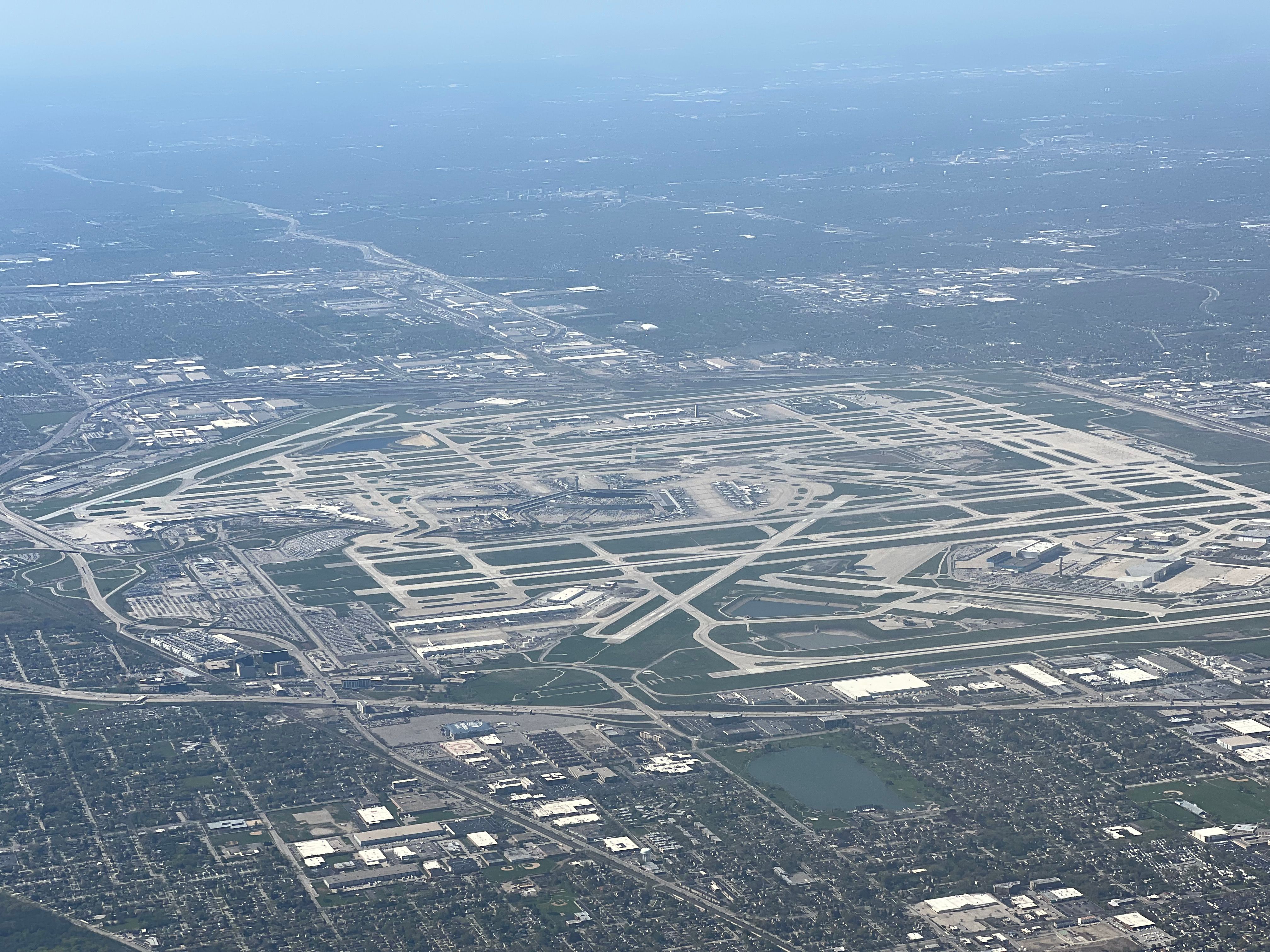
Related
Behind The Scenes At Chicago O’Hare: America’s 4th Busiest Airport
Come with us as we explore what it takes to keep this busy airport functioning every day of the year.
As mentioned, the controllers are incredibly good at their jobs and speak up immediately if any conflict unfolds. Chicago is a special place to fly into and out of. Pilots are usually a bit intimidated the first few times they fly here, but most learn to enjoy the ride.

